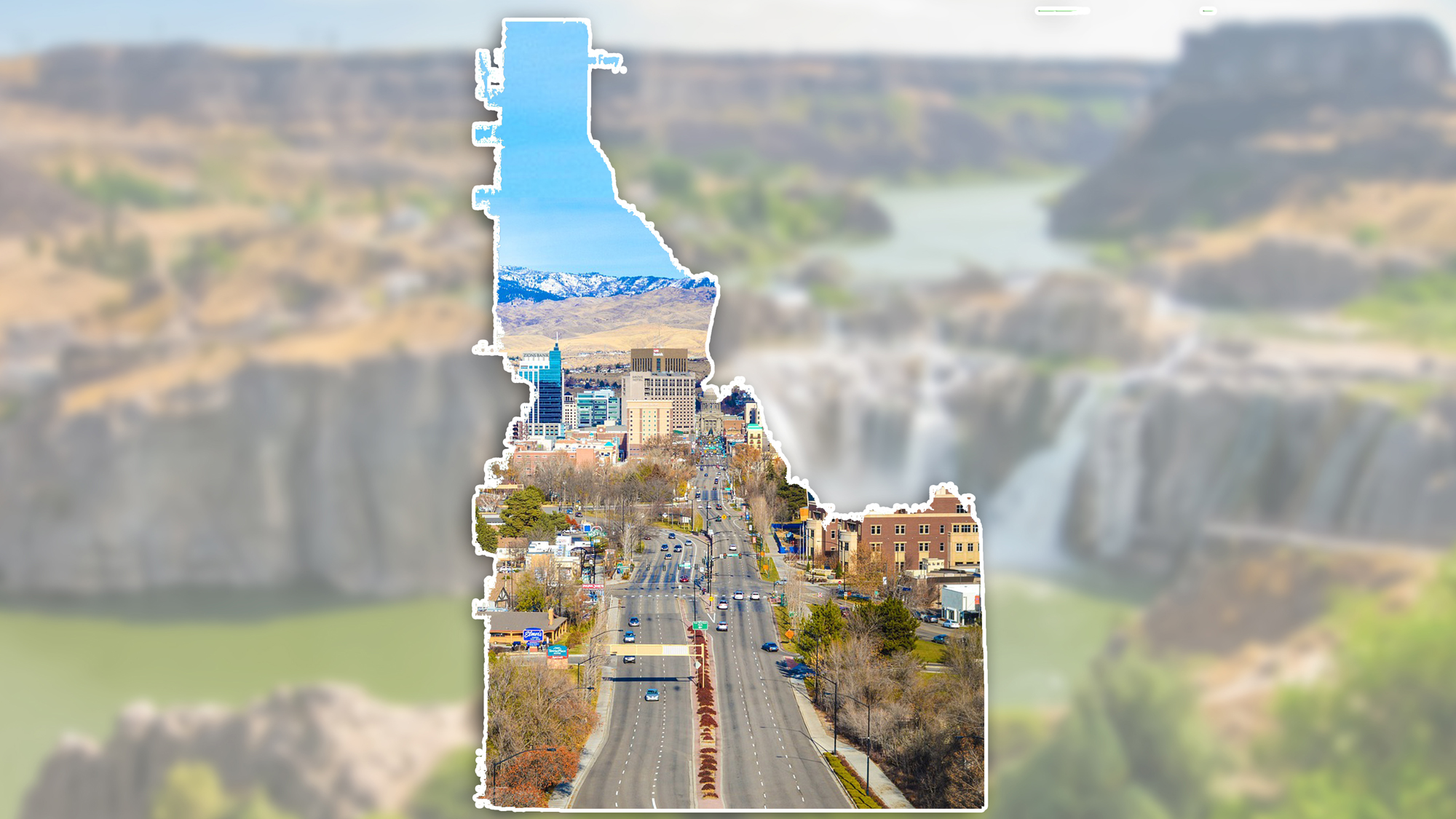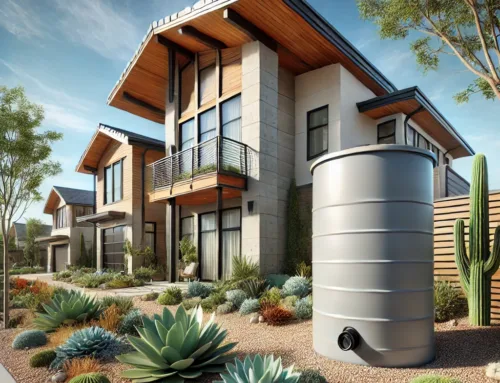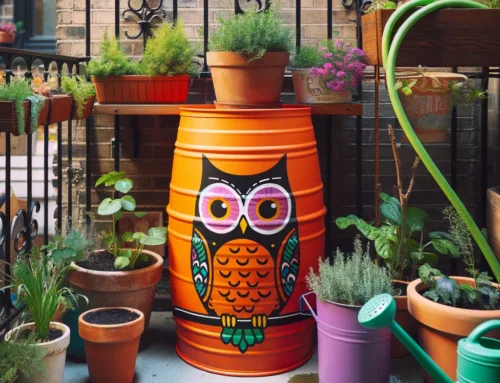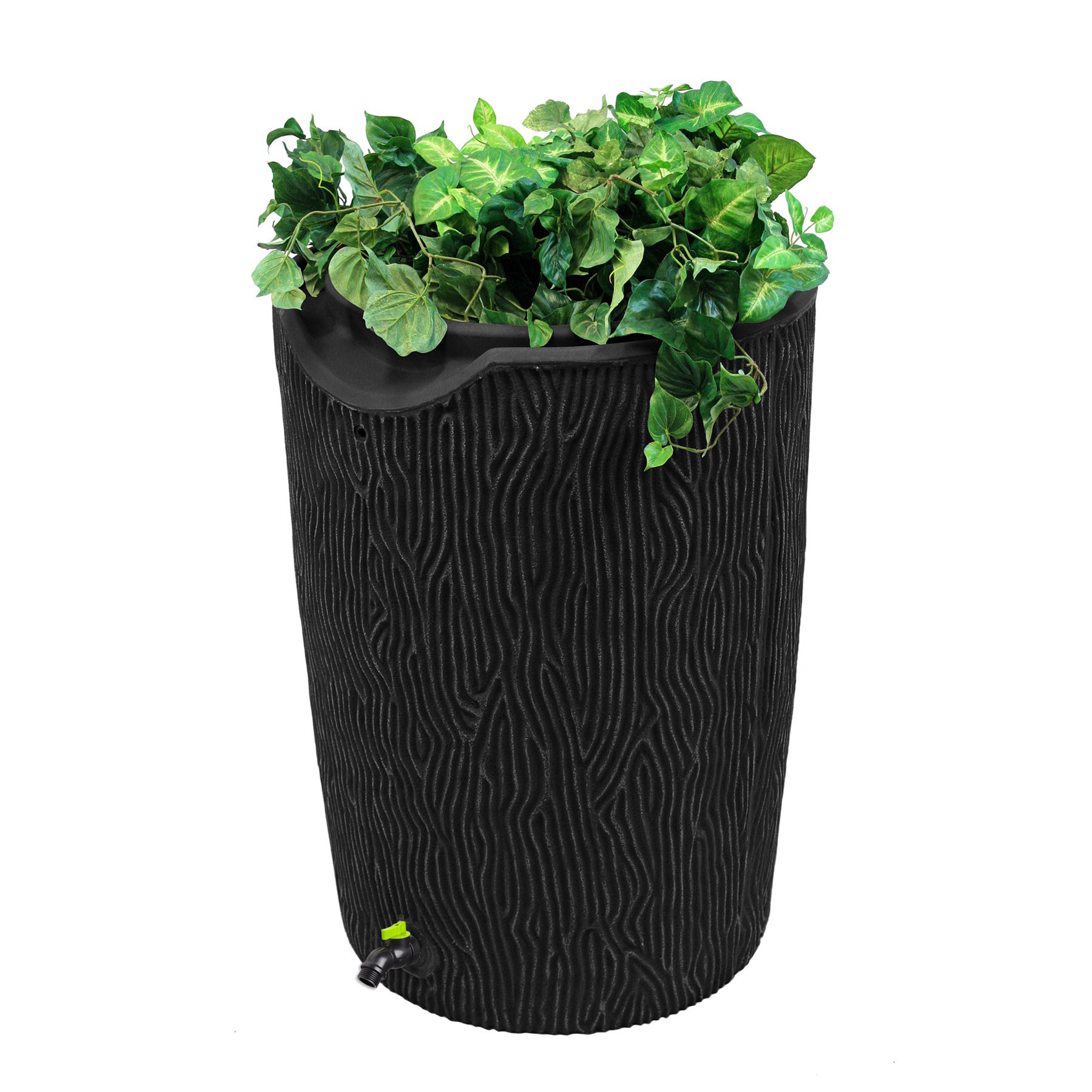Rain water collection in Idaho is likely to become an increasingly popular practice in the coming years. As water becomes a scarce commodity due to climate change, returning to traditional ways of collecting water will become more common again. Rain water harvesting is one such practice that is making an important comeback.
What You Need to Know in Idaho
Rainwater harvesting is legal in the state of Idaho, and there are no special permits required to engage in this practice. Anyone can begin to collect and use rainwater. There are no safety regulations or certifications required.
There are a few simple rules to keep in mind, however.
- It must be on your own property
- It cannot harm anyone else’s water rights
- It cannot be rainwater that has entered a natural waterway
The Uses For Harvested Rainwater
The uses for your harvested rainwater are many since it is untreated, natural water that is freely available.
Many gardeners swear harvested rainwater is better for their plants, both outdoor and indoors. While outdoor gardens may rely on rains for the majority of their watering, they often require supplemental watering, especially during dry spells, so collected rainwater is helpful. Indoor plants can also benefit from collected rainwater for the same reasons, and it doesn’t have the chemicals that tap water does.
Because harvested rainwater is free, people who are concerned about rising city costs for water service may find that harvesting rainwater as a supplemental source is very helpful to reduce their reliance on government-controlled sources and save money.
Similarly, rural residents may find it a welcome alternative or supplement to well-water.
Additionally, rainwater collection is an environmentally-friendly practice that helps to conserve water and reduce wastefulness.
Some added benefits of targeted rainwater harvesting on your property are that it can reduce soil erosion and flooding.
How to Begin Harvesting Rainwater
The practice of rain water collection in Idaho is low-cost to maintain and can be a relatively small investment to get started. Costs will be determined in part by how much water you wish to capture and use.
If you are intending to harvest rainwater for use across a farm, you will need to make significantly larger investments and efforts than the average homeowner who merely wants to capture enough water to use to water some plants and perhaps supplement their drinking water.
The basic requirements are:
- clean containers
- screens to cover the containers
The cost of these items can vary depending on quality, size, the number of them you need (how many places you are putting them), and the complexity. For example, you may find it useful to invest in a plastic rain barrel that includes a tap on which you can attach your garden hose for ease of use to spray your garden directly from the source. If you have a farm you will probably want to invest in a higher capacity storage tank and irrigation system rather than merely a rain barrel or two.
The importance of the screens and their quality is to keep the water from being contaminated by anything falling into it, but also to keep mosquitoes from breeding in the standing water.
The containers should be placed under a roof’s drip line or at a downspout of a rain gutter to collect the run-off.
If you have the means, you may also wish to improve your gutter system to provide for better water harvesting. And you will certainly want to maintain the clearing and cleaning of your gutters on a regular basis once you have committed to water collection as a practice.
How Much Rainwater Can You Harvest
Idaho does not have any regulations that limit the amount of rainwater harvested, as long as you adhere to the limits that it is on your own property, does not infringe on anyone else’s water rights, and you are not collecting rainwater that has entered a natural waterway.
Therefore, the amount you can harvest is really up to how much effort you are willing to invest in the collection, and of course, how much it rains.
There is a method by which you can calculate your estimated water collection per year, however.
Take the length x width of your roof surface in square feet, and multiply that by 0.6 (this represents the gallons per square foot of area). This resulting number should then be multiplied by the efficiency of your system (this is usually .85), and then you can multiply that total by the average rainfall in your area.
Let’s say that you live in Boise, where the average annual rainfall is 11.58 inches, and your roof is 1,000 sq ft. The calculation would be 1,000 x 0.6 = 60. Then 60 x .85 = 51. Then 51 x 11.58 = 590.58 gallons/year.
Conclusion
Rainwater harvesting is a low-cost, environmentally sound practice with many benefits. It is currently legal in the state of Idaho to harvest rainwater, and there aren’t any regulations that legislate the practice. Residents are allowed, in the state of Idaho, to capture rainwater and diffused surface waters that are on their property as long as it doesn’t impede or intrude upon the water rights of others and is not rainwater that has entered natural waterways already.






